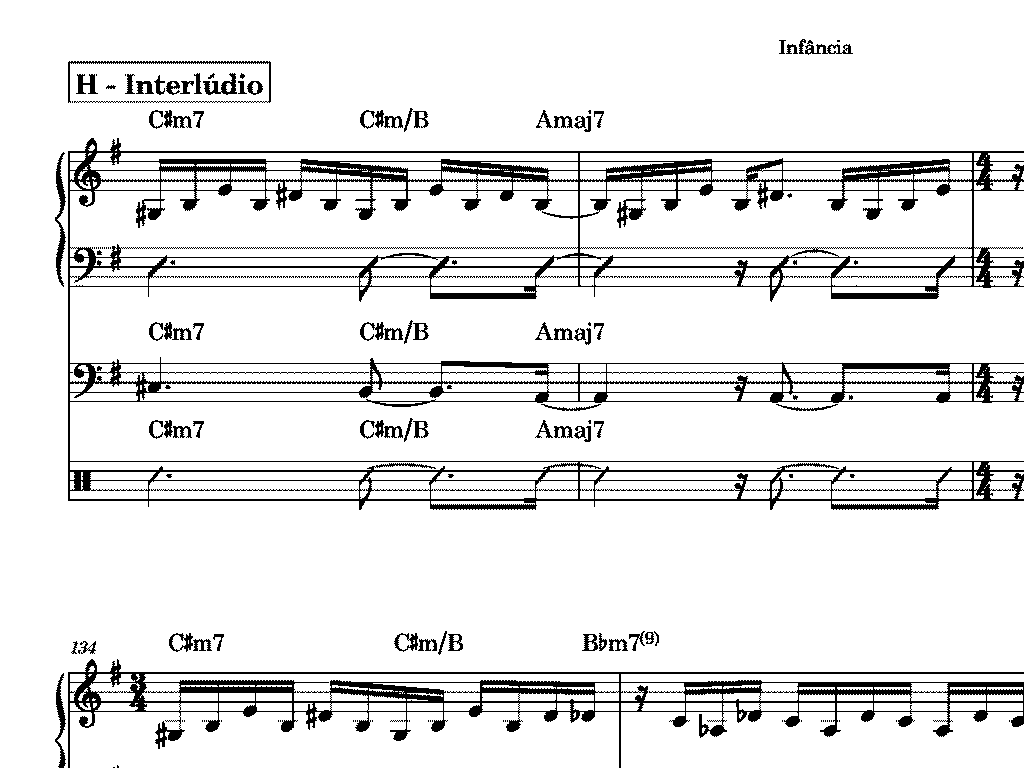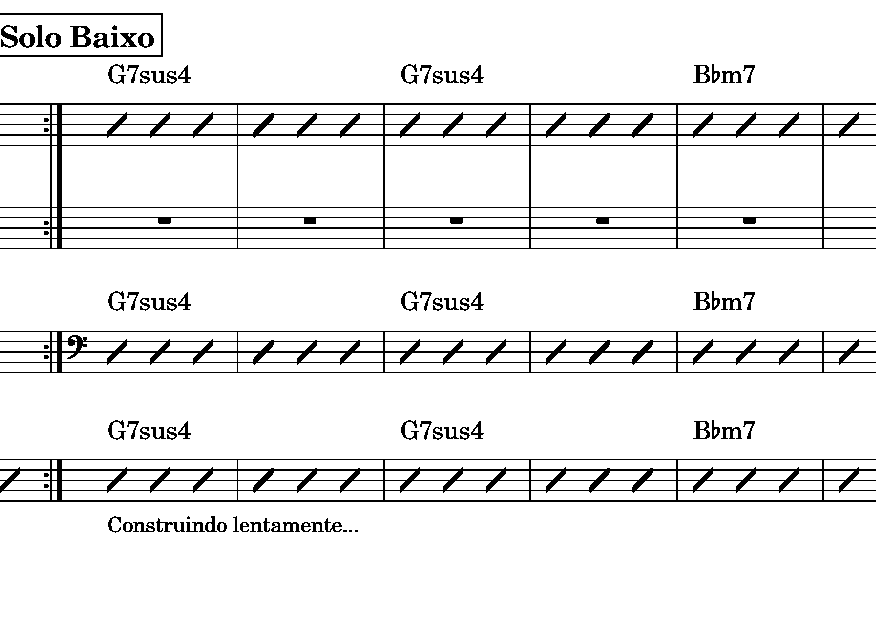As a composer and arranger, sometimes I want to write exactly what I have in my mind to achieve a specific result in a composition. I want to define the beginning, the melody, the solos, the interludes, the ending, etc. On the other hand, it is expected that musicians who play instrumental music collaborate in the performance with their own ideas, according to what they are hearing.
If I write everything, I can ensure that the song will sound exactly as I imagined. I have full control of the result. If I allow freedom, where the musicians can play whatever they feel, I explore their maximum creativity, but I lose control.
Here is the dilemma: How do I arrange a song to match what I have in my mind and, at the same time, allow the musicians to express their ideas?
Firstly, let’s clarify that any musical performance allows some degree of interpretation. Even in classical compositions, where the composer writes each note and it cannot be changed, whenever a musician plays that piece, they will add a personal interpretation. In other musical genres, especially popular music, musicians can play whatever they want as long as it matches the song’s overall idea.
So, it depends on the level of definition the composer or arranger wants to use.
In my case, I love both options. Because I’ve been writing slightly more complex compositions, basically all tunes will move along the spectrum between definition and freedom.
There are portions of my compositions where I have a very defined idea. In these cases, I write exactly what each instrument should play, as you can see in the image below.

In other parts, I want all the musicians to bring their own ideas. In this case, I just need to set the mood and enjoy the result.

Moreover, there are portions where I want to define certain elements while still allowing creativity. In this case, I write accordingly.
Whenever I explore more freedom, it is important to “set guidelines.” If the musicians bring ideas that are too far from what I expect, I need to step in and show a bit of what I have in mind for that portion of the tune. I keep in mind that I want to hear their ideas, so I just give a hint of what they should play.
